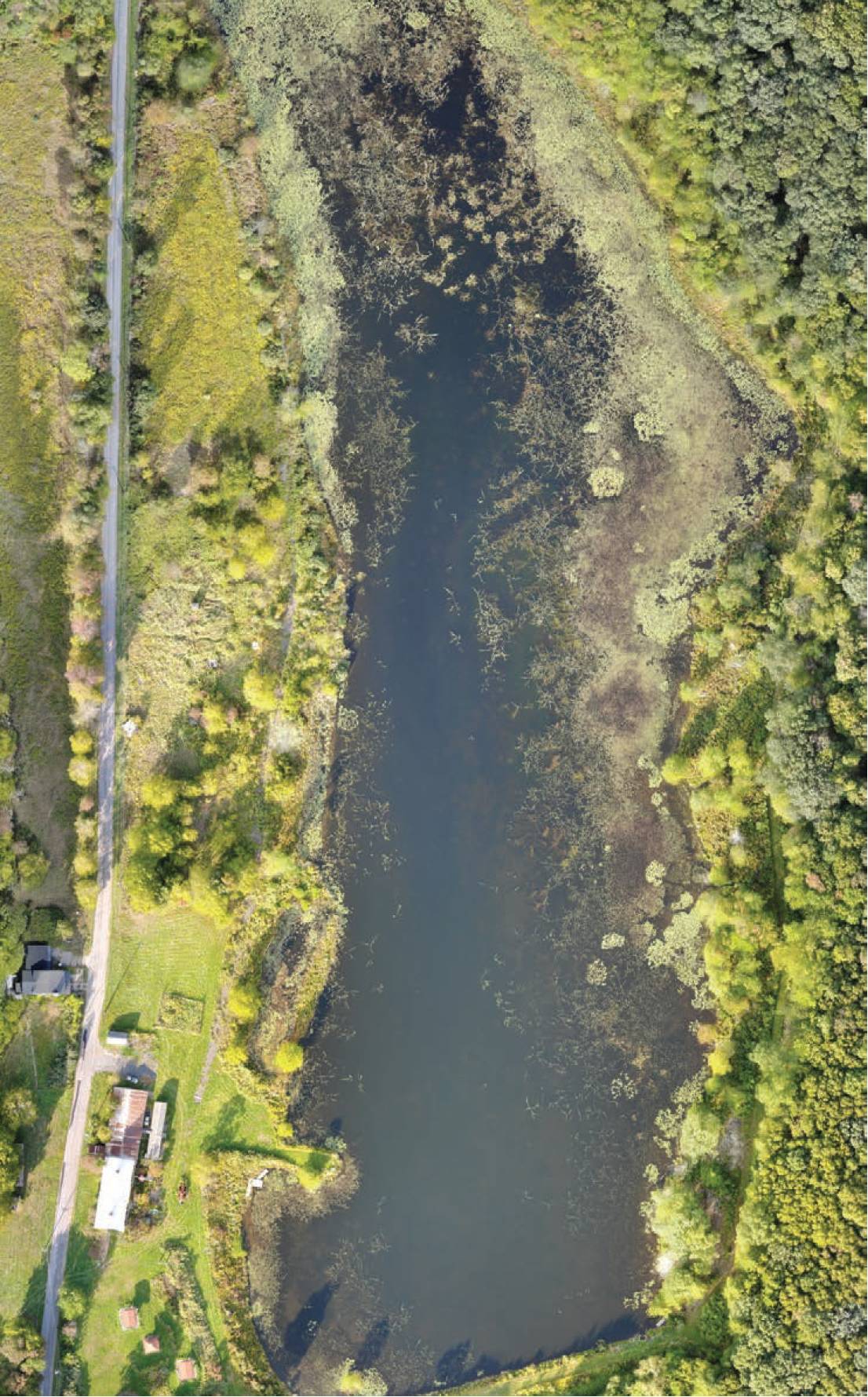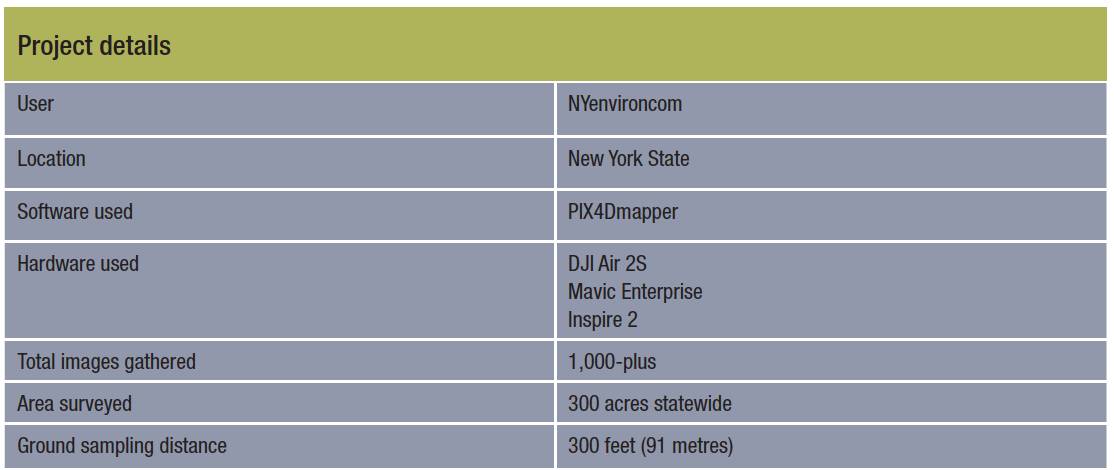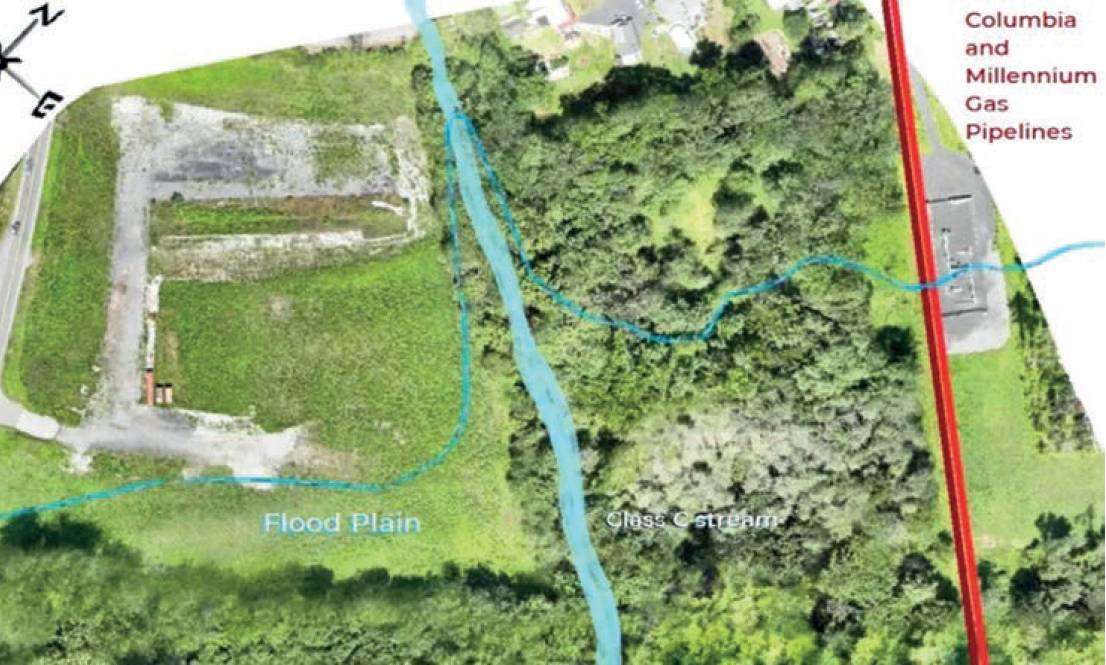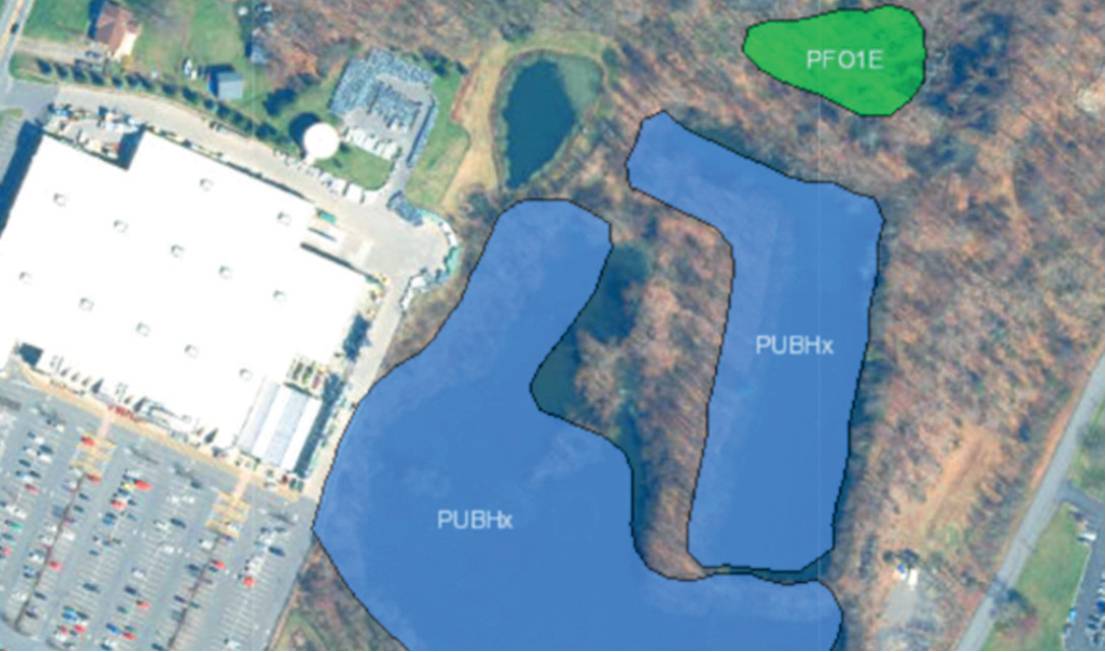Aerially mapping the unprotected wetlands of New York State
Eloise McMinn Mitchell, Pix4D

WETLANDS are delicate, valuable ecosystems – and vulnerable to destruction. With careful drone mapping, the NYenvironcom team is helping protect them.
So, what are the requirements for responsible land management?
There are several factors to consider, ranging from tracking upcoming construction plans to the need to protect local water supplies.
In the USA, wetlands are under increasing threat from construction, agriculture, and human activities.
An EPA survey in 2011 found that 48% of wetlands were in good condition, 20% were in a ‘fair’ condition, and 32% were in a poor state.
In New York state, wetlands in the Hudson Valley, Delaware, and Neversink areas are heavily impacted by agriculture and development.
Unidentified wetlands are in danger of further degradation because they have not been placed under any protection or regulation. The wetlands need to be identified and mapped so that they can be registered and protected or managed.
NYenvironcom is a land-use-focused environmental and sustainability non-profit working in New York state.
Its mission is to help create, strengthen, and build thoughtful water and land-use policies that can benefit the environment, local communities, and the economy.
It provides data about the terrain and waterways to local decision-makers, residents, developers, and community members in Orange, Sullivan, and Ulster counties.
Through its TerraINscape programme, it is monitoring water quality and mapping wetlands for conservation.
In the USA, wetlands are under increasing threat from construction, agriculture, and human activities. Wetlands are important sources of biodiversity as well as carbon stores, helping in the fight against the climate crisis.
This is how drones and aerial mapping are helping to identify and analyse wetlands that have not been officially recognised yet.

The search for missing wetlands
Wetlands are areas of waterlogged land that are a haven for natural life. They can act as a natural flood defence, as well as filtration systems for water to purify it of pollutants.
The team’s dedicated wetland mapping initiative, TerraINscape, identifies, maps, and analyses wetlands that have not been officially recognised. It is particularly focused on areas in the Lower Hudson and Neversink Valleys.
Aerial mapping for open water can be a challenge due to water reflecting sunlight, but for situations like wetlands or mapping flood damage, drone mapping can be a large help.
Wetlands are important sources of biodiversity as well as carbon stores, helping in the fight against the climate crisis.The workflow begins with a flight over the area with one of their drones. A drone map can render a digital elevation model with PIX4Dmapper.
Using the software, trained scientists locate low-lying areas through topographic analysis.
They then utilise existing datasets from previous maps or identified wetlands to compare if this could be a potential wetland location.
With the drone map, scientists locate the wetland on the ground and survey the wetland area. By doing so, the team validates a wetland’s discovery before they investigate the wetland’s health.

Identifying fluvial features helps NYenvironcom to predict where wetlands may be.
The area is delineated to find an accurate boundary of the wetland.
Special surveys are then carried out to identify invasive and native species in the marsh/wetland, along with the soil condition, vegetation classification, and water quality. Once a wetland has been confirmed and assessed, the maps are compiled and prepared for submission to regulatory agencies as well as published in research papers.
Obstacles to wetland mapping
Drone mapping can face obstacles from mapping moving terrain to strict drone control laws. The team faced unpredictable weather, which is a feature of upstate New York. It also had to use multiple geospatial database sources for the wetlands and investigate inconsistencies.
NYenvironcom... has now mapped several previously unknown or unrecognised wetland areas, as well as some urbanised and natural wetland habitats.
The team planned the drone flights around bad weather.
For large surveys, they used multiple flights and tried to fly when the wind was lower to avoid problems with data collection.
Too much wind can cause distortions if the shape of the grid or map is generated when a drone is blown off-course by the wind.
For this reason, the team spent a lot of time trying to ensure the flights were in the most appropriate weather conditions.

Protecting the environment with drone mapping
Thanks to the situational awareness that aerial mapping with UAVs can provide, many organisations are using it to protect the environment, whether through reforestation projects or wider, larger-scale projects like mapping the Amazon rainforest with drones.
For NYenvironcom, it is broadening horizons for wetland identification and analysis with PIX4Dmapper. It has now mapped several previously unknown or unrecognised wetland areas, as well as some urbanised and natural wetland habitats.
In the future, it wants to include its maps in an app to streamline verifying wetlands so the wider public can be involved in the process.
This project was launched in the summer of 2022 through until early 2023. Supported and progressed over several years, it is hoped that the project’s team will be able to find multiple new sites and register them with the authorities for appropriate recognition and legislative protection.
Eloise McMinn Mitchell, Pix4D